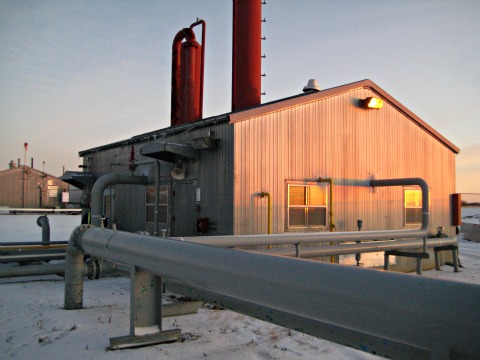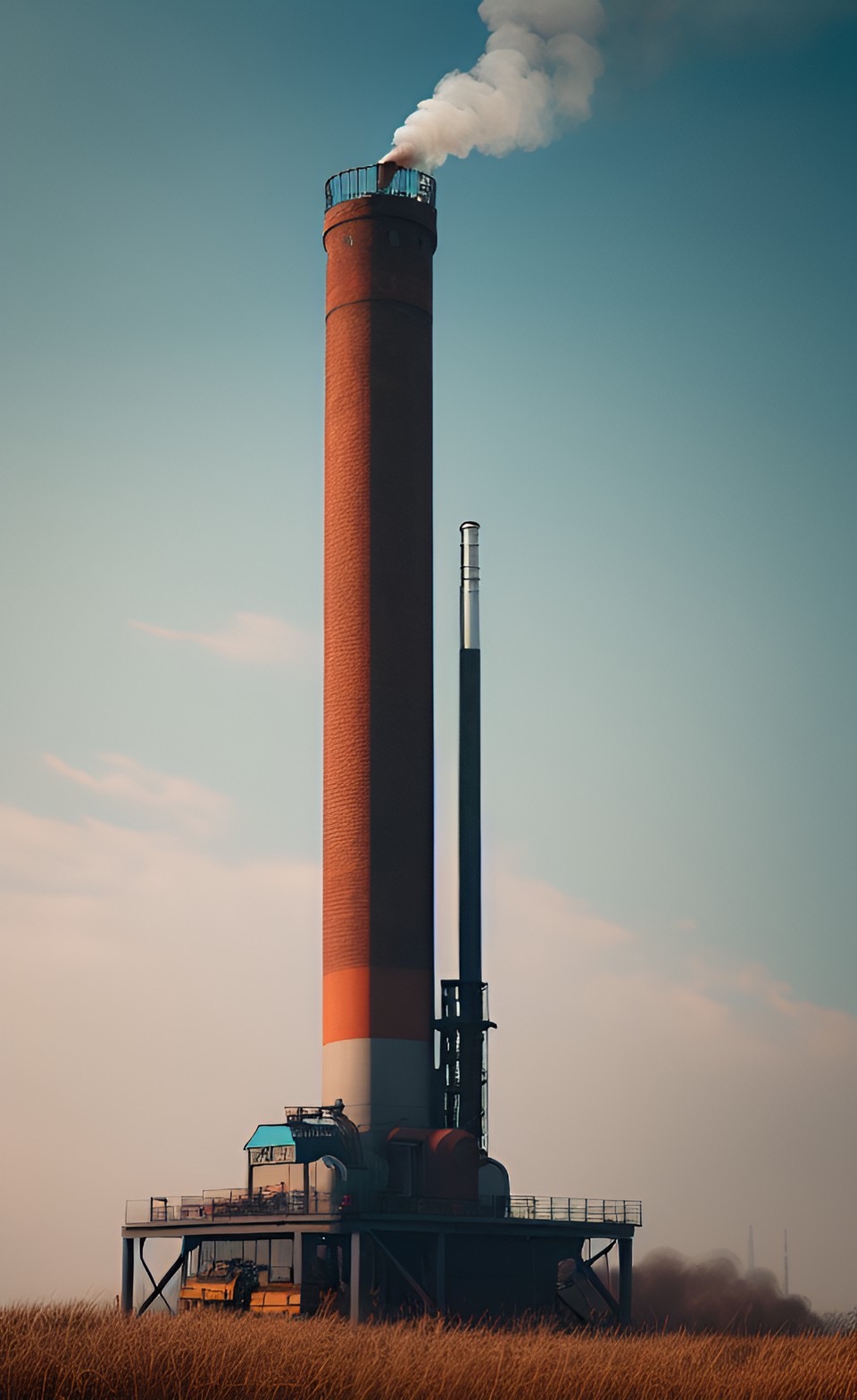- Air Homepage
- Global Warming
- Ways you can Prevent Air Pollution
- Air Pollution Modeling
Clarifying Air Pollution Modeling: A Breath of Fresh Knowledge
How does a standard air pollution modeling approach work?
A Technical Guide to EIA Dispersion Studies - Need to prove your big industrial project won't compromise public health or clean air standards? Take a look at how sophisticated tools like CALPUFF use complex weather data and stack characteristics to predict your environmental impact!
Search for more about air quality
Air quality and pollution assessment and control are more crucial than before. Find out how air pollution modelling can help your company. No matter what your background is, I'll show you how to leave cleaner air.
Air quality consultants use emissions and historical data, meteorological data, and modeling software to predict, the impacts of industrial development. Corporate policies are shaped by air pollution modeling, and responsible industry practices (such as reductions in emissions) are encouraged.
In the environmental impact assessment, air quality consultants use a model to forecast air quality in the area around the new plant. An EIA for a new industrial project usually consists of three cases.
You'd expect a research document of this sort to start with historical air quality observations. Models use this data to define background pollution and establish ambient air quality. Afterward, we parameterize (i.e., define and quantify) the emissions of the new sources and run a second model with them.
Planned Development Case Assessment includes all emissions counted in the second case plus any other proposed projects within the air pollution modeling domain. Researchers could compare impact comparisons even more meaningfully if they included only the project emissions in the fourth case, which is rare but would please researchers.
The results of these air pollution modeling cases can be interpreted in a few ways. One is to compare the predicted absolute air quality concentrations with the relevant ambient air quality standards. Another interpretation method is to compare each case result with the preceding one and calculate the increments in the maximum predicted concentration as a percentage change.
Assessment of Air Quality: A Summary of Air pollution modeling
We start with Characterization of Sources. Usually, this step of air pollution modeling looks at estimating and identifying stationary sources of:
- Sulphur Dioxide (SO₂),
- Nitrogen Dioxide (NO₂),
- Carbon Monoxide (CO),
- Particulate Matter (PM, PM₁₀ or smaller),
- Polycyclic Aromatic Hydrocarbons (PAH) and
- Volatile Organic Compounds (VOC)
...as industrial development generally increases these emissions.
Data pertaining to the exhaust stack is used to characterize emission sources. The stack's diameter and height as well as its position in relation to nearby buildings, whose length, height, and width are also needed. This step also involves figuring out the velocity and temperature of each emission flow. This step also involves figuring out the velocity and temperature of each emission flow. For air pollution modeling to work, the mass emission rate for each substance considered must be specified, typically in grams per second.
Fugitive emissions - - multiple simultaneous small leaks that can't be modeled individually - may contain contaminants. This list often includes VOCs, CO, and hydrogen sulfide (H₂S).
Characterization of the Region
A refined air pollution modeling study needs terrain elevations. Shuttle data (SRTM) and digital elevation models (DEM) are great sources of elevation data. Air dispersion models can use data with a horizontal resolution of 100 m or better (i.e., less).
Once the vegetation cover and land use information is encoded in the right formats, the model gets representative surface characterization parameters. Depending on the model, this data may include leaf area index (LAI), albedo, and surface roughness. Modelled dispersion and deposition are affected by the inputs, and they change with the seasons.
Meteorological modeling
Met-Data is also known as weather data. More advanced air quality models like CALPUFF and CALMET predict temperature, wind, and turbulence fields spatially and temporally. CALMET inputs selected from mesoscale meteorological models like MM5 should contain the needed wind and temperature profile information for CALPUFF to work.
Using this approach, you can integrate the model data with observed meteorological data. When used to prepare five years of high-resolution weather data for CALPUFF, it works great.
Why CALPUFF?
Air quality impact assessments use this model to determine changes in ambient air quality. It's widely available, but you have to learn how to use it before you can run any reliable models. It's easy to get model documentation and source code.
Joe Scire, the distributor and developer of CALPUFF and other air quality dispersion models, distributes it for free on a website called src.com. In applications for new developments that might affect air quality, an ever-growing number of regulatory bodies and jurisdictions accept and even require CALPUFF modelling.
The Air pollution modeling Domain
When an EIA is required for a major project, air quality modeling might be justified for covering a variety of horizontal extents and densities. Regional Study Areas (RSAs) are usually square or squarish, 100 to 400 km across, with a resolution of one or two kilometres. Then there's a Local Study Area (LSA), usually square, with a density of 1 km out to 50 km. There would be several smaller square grids with resolutions of 500 m, 250 m, 50 m, and even 20 m, each big enough to accommodate a few hundred or thousands of grid points.
CALPUFF run-time can be an issue for these projects, and it's roughly proportional to how many grid points are selected. You could use another model like AERMOD instead.
An EIA could have 15,000 to 20,000 grid points, including dozens or hundreds of special receptors. There's also a list of special air pollution modeling receptors like towns, hospitals, campgrounds, wildlife reserves, etc.
Model output
For all receptors specified, the model predicts mass per unit volume concentrations. We can program it to give us one-hour, 24-hour, or annual concentrations, or any other averaging period we want.
A map of the area being examined is superimposed with contours of maximum (or some specified percentile) concentrations for each receptor. In tabular format, the results for the special receptors mentioned above, commonly known as sensitive receptors, can be compared individually. By using a map to show maximum predicted concentrations, you can see how things like hills and prevailing wind directions can affect the resulting concentrations.
A model can help decision-makers choose the conditions under which a new development should operate if done right. It'd let industrial development happen without endangering the environment or public health. It's a win-win for everyone.
How big is your facility's environmental footprint? Let us inform you with air quality dispersion modeling, which is useful whether you're starting a new project or obtaining government approval. To help you preserve the environment, we use current air quality models and explain our methods. Arrive at a cleaner, healthier future for everyone by contacting us today.
Check out what Calvin Consulting Group Ltd. (Calgary, Alberta) can do if you need air dispersion modeling consultants for your industrial site.
For more info, contact Calvin Consulting's air pollution and regulatory compliance experts. Send Barry an email by using this:
Can you do it better?
You like this Idea? It works for its intended purpose, but probably is not perfect. Why not?
Do you know of a better one? We'd all like to see it, I'll bet. A penny for your thoughts.
Other people and their ideas...
Click below to see hi-tech contributions from other visitors to this page...
Stack Height 




I need to size the height of a dispersion stack for the hydrogen sulphide.
Barry's Response - Hi Constantin:
My main job is figuring out the best …
Search this site for more information now.
Modeling of air quality is often included in environmental research projects.
In what way does this statement make sense? Learn how scientists and regulators interpret the results of the models.
We're going to take you on an enlightening journey through the fascinating world of air pollution modeling.
Here's an introduction to air pollution modeling and its role in protecting industrial areas.
Do you have concerns about air pollution in your area??
Perhaps modelling air pollution will provide the answers to your question.
That is what I do on a full-time basis. Find out if it is necessary for your project.
Have your Say...
on the StuffintheAir facebook page
Other topics listed in these guides:
The Stuff-in-the-Air Site Map
And,
Thank you to my research and writing assistants, ChatGPT and WordTune, as well as Wombo and others for the images.
OpenAI's large-scale language generation model (and others provided by Google and Meta), helped generate this text. As soon as draft language is generated, the author reviews, edits, and revises it to their own liking and is responsible for the content.







New! Comments
Do you like what you see here? Please let us know in the box below.